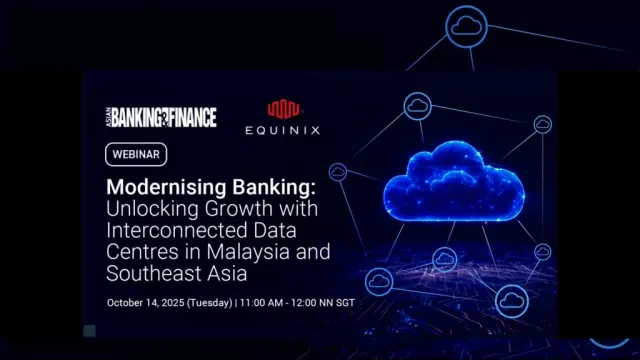Join the community
Thought Leadership Centre
Most Read
1. Finance leaders flag governance risks with fast growing fintech systems 2. Why AI governance is a key priority for financial institutions 3. Foreign institutions pursue market entry as Japan strengthens fintech rules 4. Payment leaders push for interoperability to solve SME cash flow 5. Five takeaways from day 1 of the Singapore Fintech FestivalResource Center
Awards
Jul
02
Events
Event News
Asian Banking & Finance Retail Banking Awards 2025 Winner: Carlo Mariano and Ivy Uy of East West Banking Corporation
Carlo Mariano of East West Banking Corporation shares how EWBC’s regulatory solution ensures compliance while putting customers first.

 Advertise
Advertise



















Commentary
Indian Central Bank issues liquidity infusion
Indian Central Bank issues liquidity infusion
Here are the key challenges for the new authority of finance in Taiwan
Why linking central bank base interest rate to unemployment level is unwise
Why customer 'sensation' is important in Asian retail and premium banking (part 1)
Analytics help fuel growth & detect fraud in the financial sector
4 things banks need to know about DDoS attacks
RMB offshoring gathers pace
What Asian banks need to know about customers' trust and fair treatment (Part 4)
2 reasons why the Sino-US Dialogue did not focus on the value of RMB
An over-engineered finance industry has gone too far
6 implication areas in digital strategy Asian wealth managers should bear in mind
Legal principles to watch out for in trade credit insurance
Check out the most in demand jobs in Asia's banking and finance sector
What you need to know about the Indian debt market
Which Asian transaction bank really understands their customers?
Why Southeast Asia is a hotspot for financial services M&As
What you need to know about simplified RMB cross-border trading